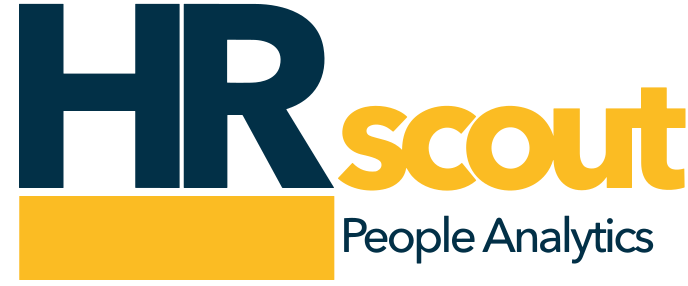From intuitive diversity to managed diversity

CEO at HRscout
In a context where organizations must adapt quickly to changing environments and increasingly diverse teams, the ability to understand the true composition of the workforce and act on it in an informed way becomes a competitive advantage. In this regard, segmentation applied to people management emerges as a key element to evolve from generalist policies toward much more effective, personalized, and measurable management models.
Many companies recognize diversity as a value, but few manage it in a structured way. Segmenting employees based on multiple variables—beyond traditional departments or hierarchical levels—allows HR teams to visualize and understand the true diversity that exists: work styles, previous experience, level of digitalization, impact on the organization’s informal network, development potential, and more.
Through dynamic and well-structured segmentation, it becomes possible to move toward a more active, comprehensive understanding that’s tailored to our reality of how our talent is configured—enabling more balanced decisions aligned with business strategy.
Moving beyond the classic talent matrix

Image from the HRscout application
Traditionally, talent management has relied on models such as the performance and potential matrix (the well-known “nine-box grid”). While this type of tool remains useful, it tends to offer a limited, two-dimensional view.
Incorporating a segmentation logic allows progress toward a multidimensional view of talent, where not only the what (results) and the how (behaviors) are assessed, but also the context, evolution, emerging capabilities, and the employee’s position of influence within the organizational system. This richer and more complex perspective enables more targeted action plans in areas such as development, retention, and internal mobility.
Personalized management based on real segments
One of the greatest benefits of properly segmenting the workforce is the ability to personalize the employee experience. People do not experience their career journeys within the company in the same way, and trying to apply uniform policies creates inequities and reduces the impact of HR initiatives.
Through segmentation, it becomes possible to design specific strategies for groups with common needs: differentiated career plans, more relevant training actions, leadership styles adapted to the team’s profile, among others. This personalization isn’t just “nice to have”; it’s a direct lever to improve motivation, productivity, and team engagement.
Measuring impact: Segmentation as an evaluation tool
Beyond management, segmentation also provides a rigorous framework for evaluating the success of our policies. Instead of limiting measurement to global indicators or individual rankings, we can place employees within a multidimensional space and compare their positioning with:
- Reference segment centroids, which reflect groupings of desirable behaviors or characteristics.
- Strategic objectives, defined by the company as targets to be achieved in terms of capabilities, impact, or maturity.

Image from the HRscout application
This approach allows us to see not only whether a person has improved, but also how and in what direction they are moving in relation to what the organization needs. It’s a richer, fairer, and more development-oriented evaluation than the classic performance review.
Segment to transform people management
Segmentation is not an end in itself, but a powerful tool to transform people management. It allows for a deeper understanding of diversity, moves beyond static models, enables personalized management, and supports smarter measurement.
At HRscout, we believe that the future of talent lies in this kind of approach. Instead of asking, “Who are my best employees?”, the key question will be: “What talent segments do I have, how do they behave, and how can I help all of them grow in the right direction?”
Today’s technology makes this easy to do. What truly matters is having the strategic and organizational vision to turn data into decisions. And that’s where real change begins.
If you’re interested in learning more or would like to see practical examples, contact us and we’ll explain how, in a simple and quick way, you can carry out this type of analysis in your company.
